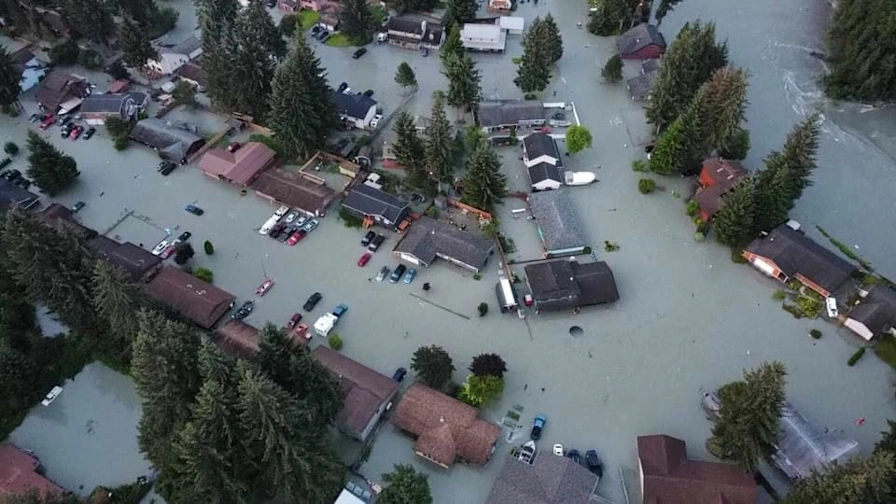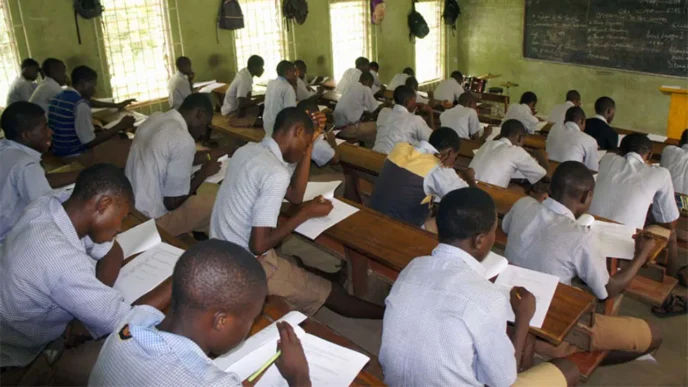The Nigerian Government has issued a fresh alert of likely flooding in 14 states, including Lagos and Adamawa, warning residents in 52 communities to prepare for heavy rainfall between September 16 and 18.
The National Flood Early Warning Centre, under the Federal Ministry of Environment, released the prediction on Tuesday in a notice signed by Usman Abdullahi Bokani, Director of the Erosion, Flood and Coastal Zone Management Department.
States at risk include Akwa Ibom (Upenekang, Eket, Oron, Ikot Abasi, Uyo, others); Anambra (Ogbakuba, Nnewi); Adamawa (Yola, Jimeta, Wuro Bokki); Cross River (Calabar, Akpap); Bayelsa (Yenagoa, Sagbama, Otuoke, others); Delta (Patani, Asaba, Escravos); Kaduna (Kachia, Kauru); Kebbi (Birnin Kebbi, Kalgo); Katsina (Bakori); Rivers (Ahoada, Bonny, Bori); Imo (Oguta, Egbema); Sokoto (Argungu, Silame); Ondo (Ore, Okitipupa, Igbokoda); and Lagos (Epe).
The warning comes just three days after the ministry raised similar concerns for Adamawa and 10 other states, urging residents in flood-prone communities along the River Gongola, River Benue, and River Niger to evacuate.

Adamawa has already begun experiencing flooding. The National Emergency Management Agency (NEMA) confirmed that heavy rainfall lasting from 4 a.m. to midday on Tuesday triggered flash floods across Yola and surrounding areas, affecting 13 communities.
NEMA said its Yola Operations Office, working with the State Emergency Management Agency, fire services, local responders, and volunteers, carried out coordinated search, rescue, and evacuation operations. Vulnerable households, including women, children, the elderly, and persons with disabilities, were moved to temporary shelters and safer locations.
Meanwhile, Lagos, which witnessed severe flooding last week, remains under close watch. Motorists and commuters were stranded along Ikorodu Road after heavy rainfall submerged sections between Anthony and the Odo-Iyalaro Bridge, causing gridlock.
Authorities urged residents in all listed communities to stay alert, relocate from high-risk zones where necessary, and cooperate with emergency response teams.


 Trending
Trending 










